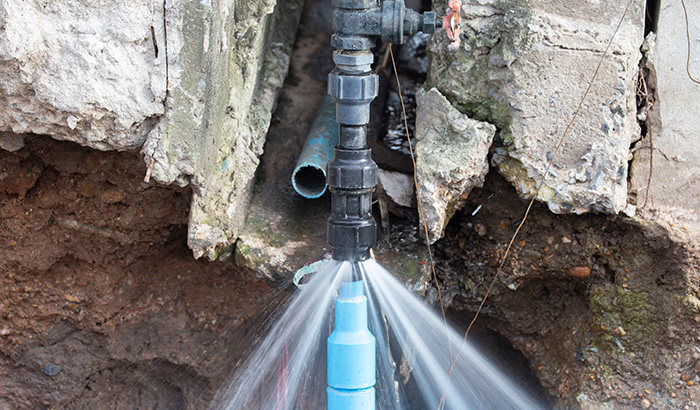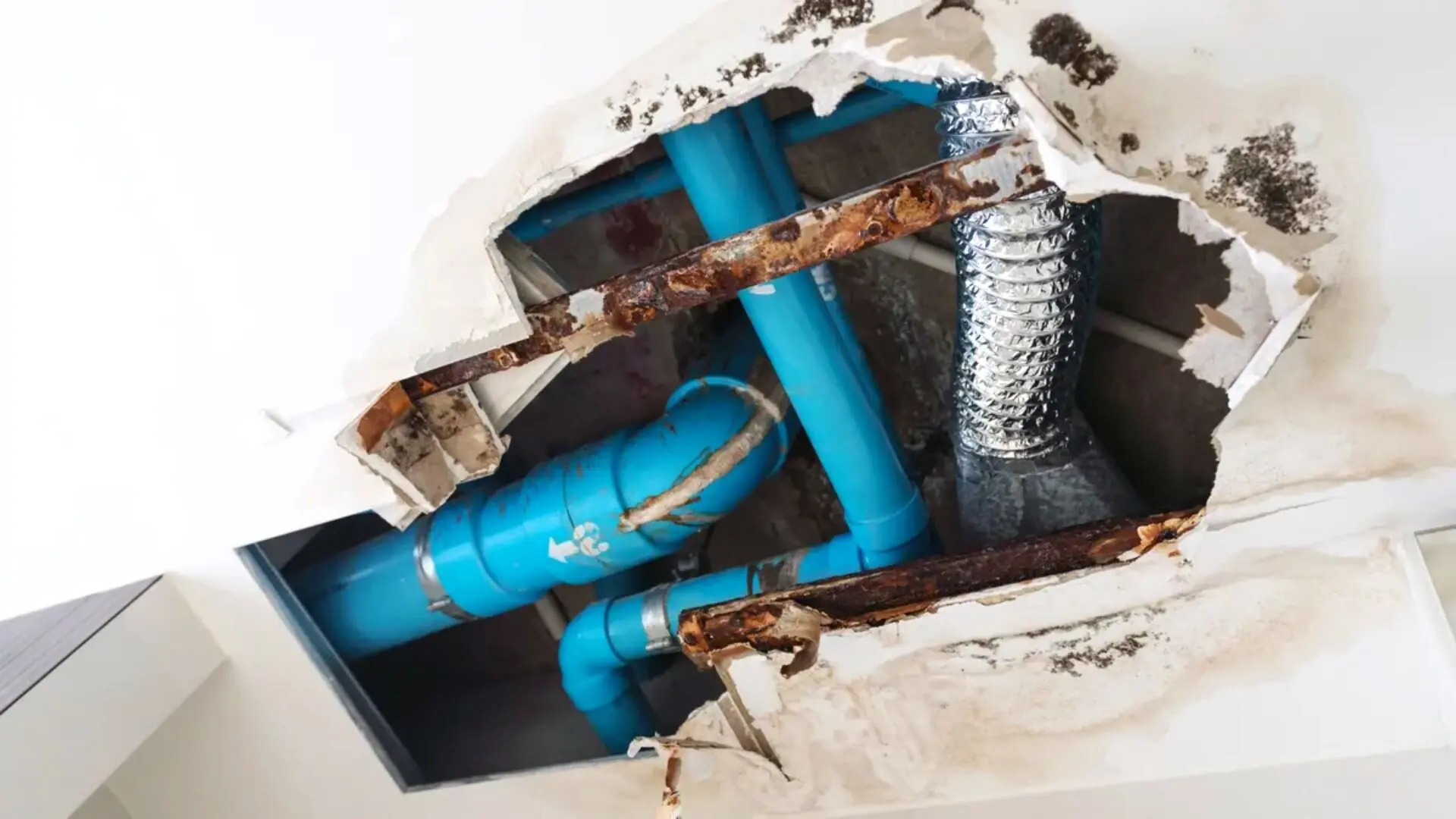Signs of a Burst Pipe: How to Identify and Address the Issue Before It Escalates
Signs of a Burst Pipe: How to Identify and Address the Issue Before It Escalates
Blog Article
Avoiding Ruptured Piping: Important Tips to Safeguard Your Plumbing
Avoiding burst pipelines is a critical issue for home owners, particularly during chillier months when the threat of cold is heightened. Executing critical actions such as proper insulation, routine assessments, and preserving constant interior temperatures can dramatically decrease the possibility of pipeline failure.
Understand Pipeline Vulnerabilities
Recognizing pipeline susceptabilities is important for efficient pipes upkeep and stopping pricey damages. Numerous variables add to the sensitivity of pipelines to ruptureds, consisting of product structure, age, and ecological problems. Older pipes, especially those made from galvanized steel or polybutylene, typically break down gradually, causing boosted danger of leaks and ruptures.
Temperature fluctuations can also significantly influence pipeline stability. In colder environments, water caught in pipes can freeze, putting in and expanding stress on the pipe walls, which might inevitably bring about a burst. Moreover, high water pressure can strain pipes, especially at bends and joints, increasing the possibility of failing.

Insulate Pipeline Appropriately
Correct insulation of pipelines is important for protecting against freezing and subsequent ruptureds throughout winter (burst pipe). Insulating your plumbing system successfully safeguards versus temperature level drops that can result in costly damage. Begin by identifying susceptible areas where pipelines are subjected to outside temperature levels, such as basements, attics, and exterior walls
Use foam pipe insulation sleeves or wrap insulation tape around these areas to provide a safety obstacle. Make certain that all areas of the pipelines, especially those with restricted warm direct exposure, obtain ample insulation. Pay unique attention to joints and installations, as these are much more susceptible to cold.
When shielding, it's important to choose products that fulfill neighborhood building regulations and are appropriate for the specific environment. Fiberglass insulation is usually suggested for its thermal resistance residential or commercial properties. Additionally, consider utilizing warmth cords or tape in extreme problems, which can be plugged in to offer supplementary warmth
Routinely evaluate insulated pipelines for any signs of wear or damages, as endangered insulation can lessen its efficiency. By taking these positive procedures, you considerably minimize the danger of pipeline bursts, making certain a trusted pipes system throughout the winter season.
Maintain Regular Temperature Level
A steady indoor temperature is important for stopping burst pipes during the frigid months. When temperatures decrease, water within pipelines can ice up, creating and increasing pressure that may ultimately trigger the pipelines to ruptured.Making use of a programmable thermostat can aid take care of interior temperature levels effectively, ensuring that rooms with pipes continue to be cozy also when the residence is empty.
This minor flow of water can stop freezing by alleviating stress within the pipes. By implementing these strategies, home owners can dramatically minimize the danger of pipeline ruptureds and guard their plumbing systems against the harsh winter months aspects.
Frequently Inspect Pipes
Regular examinations of pipes systems are vital for stopping burst pipes and keeping total home honesty. During these assessments, it is crucial to examine visible pipelines for indicators of rust, leakages, or put on.
Additionally, inspecting joints and links is essential, as these factors are typically vulnerable to leakages. Homeowners must also assess water stress degrees, as extreme stress can stress the plumbing system and raise the threat of pipeline ruptureds.
Consider scheduling expert plumbing evaluations a minimum of when a year, particularly before winter, to guarantee your system is planned for cooler temperature levels. Normal assessments not just assist in determining immediate issues but also foster long-term maintenance strategies that can enhance the lifespan of your pipes system. By being aggressive in your approach, you can secure your home versus the expensive and disruptive repercussions of burst pipes. Prioritizing pipes evaluations is a financial investment in your home's wellness and safety.
Know Emergency Situation Procedures
Comprehending emergency procedures is important for every house owner, particularly after performing normal plumbing evaluations. Being prepared for a pipes emergency can dramatically minimize damage and save expenses.
Following, keep essential devices helpful. A plumbing emergency situation set should consist of a wrench, plunger, and towels, in addition to a flashlight and a pail for tiny leakages. In addition, think about having the get in touch with details for a relied on plumber easily offered, needs to the situation rise past your control.
If you discover a leakage or burst pipeline, right away shut off the water supply and inform your plumbing. Document the damages with pictures for insurance policy purposes. Understand the signs of prospective pipes issues, such as unusual water pressure variations or damp spots on wall surfaces
Ultimately, proactive understanding and speedy activity are crucial in handling plumbing emergencies, guaranteeing your home continues to visit site be safeguarded and decreasing possible damages.

Verdict
In final thought, preventing click this site burst pipes demands a diverse technique that includes understanding pipe susceptabilities, appropriate insulation, maintaining regular indoor temperatures, routine inspections, and expertise of emergency situation treatments. By executing these essential approaches, the danger of pipes failures can be considerably lowered, thereby ensuring the long life and performance of the plumbing system. Positive steps not only safeguard against potential damage yet also add to overall water preservation and the defense of residential property.
In colder environments, water entraped in pipelines can ice up, putting in and broadening stress on the pipe walls, which might inevitably lead to a burst. When temperatures drop, water within pipelines can freeze, broadening and producing pressure that may ultimately trigger the pipes to burst. By implementing these techniques, home owners can Going Here substantially decrease the threat of pipeline ruptureds and safeguard their pipes systems against the severe winter season aspects.

Report this page